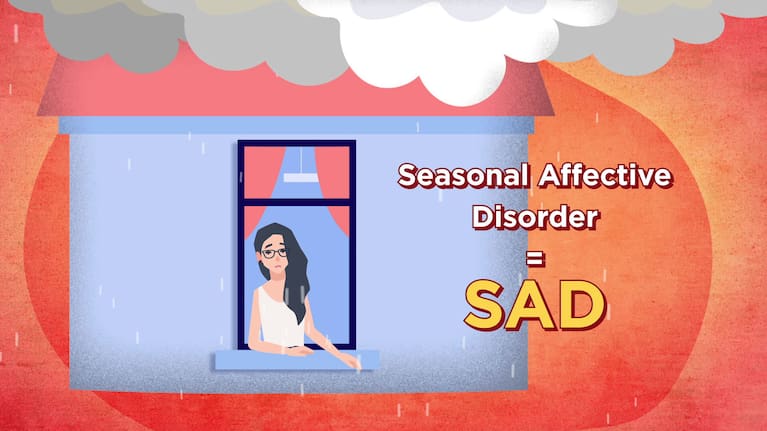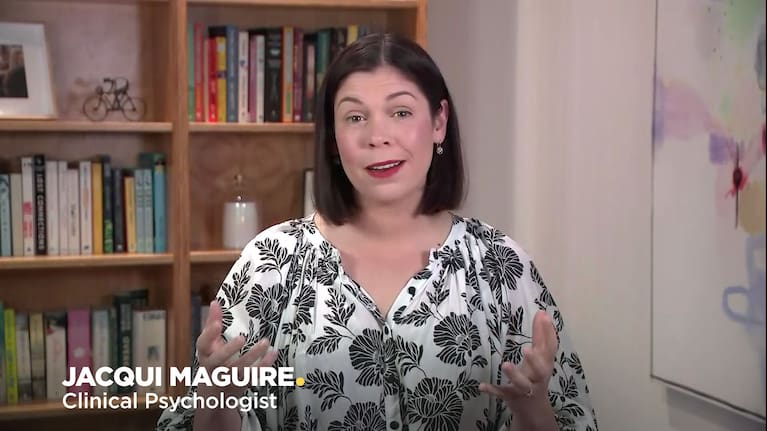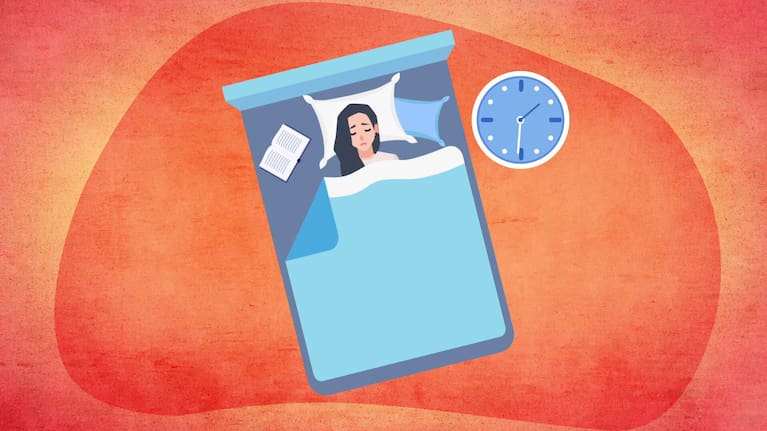Today is the shortest day of the year – the middle of winter – when some people can feel emotionally burdened and want to hibernate.
While darker skies can make us feel a little flat, what if the weather is causing a few extra days? And how do you know if your mood is more than a case of the so-called “winter blues”?
Seasonal Affective Disorder (SAD) is a psychological condition more common in colder countries, but it also affects New Zealanders.
Seven Sharp spoke to clinical psychologist Jacqui Maguire about the nuanced and misunderstood mood disorder.
What is Seasonal Affective Disorder and why does it happen?
“Seasonal affective disorder is a type of depression that occurs during the fall and winter months of the year. The thinking behind it is that when we have reduced hours of sunlight, it can interact with our bodies in a number of ways,” Maguire said.

“It can affect our circadian rhythm, which controls our sleep-wake cycles. It can also interfere with hormones, such as melatonin, which regulates mood and sleep. Or serotonin, a hormone that plays a role in our feelings of happiness and joy.”
How common is it in New Zealand?
“It’s a range. Decreasing hours of sunlight where you are in the world is associated with your risk of experiencing Seasonal Affective Disorder.
“It can range from 1% to 9% [of the population]. If you’re deep in the South Island, you’re probably at a higher risk than someone in Fiji.”
What are some of the signs and symptoms?
“If you think about depression, the common symptoms are: my mood is low; maybe I’m tired; and my energy isn’t where it normally is. I have trouble sleeping, a change in appetite, I have trouble concentrating.
“I tend to withdraw from people socially. I get cranky and angry,” Maguire explained.

“Your typical signs of depression are the same as those you see in SAD. The World Health Organization also says that excessive sleep, high interest in carbohydrates, weight gain, and decreased energy are also specific signs of SAD.
“Think of it almost like human hibernation.”
What should I do if I suspect I have SAD?
“The first line call is always ‘if you’ve noticed a change in your mood, your body, the way you feel or your desire to interact with the world around you – go and talk to your GP.
“No matter what we’re talking about, that’s always our frontline call,” Maguire added.
“If you can’t get to your GP, or you’re in an organization with an employee assistance programme, talk to someone who might know something about Seasonal Affective Disorder and can point you in the way of strategies that can help.”

“We know what’s effective for Seasonal Affective Disorder,” Maguire said.
“The most evidence-based treatment for SAD is lightbox therapy – sitting in front of a really bright luxury light for a set amount of time a few days a week to try and overcome that light deficit.
“Also, for some people, treatment may be medication or talk therapy. These are clinical strategies to help manage Seasonal Affective Disorder,” she said.
“Plus there are all the things we know promote healthy living, help improve mood, and are really important.
“Even if it’s bad weather outside, still try to get outside, be in nature, exercise and fuel your body with good food even if you feel like hunkering down inside,” Maguire advised.
“Going out and connecting with people who are meaningful to you.”
#winter #sad #deal #winter #blues
Image Source : www.1news.co.nz